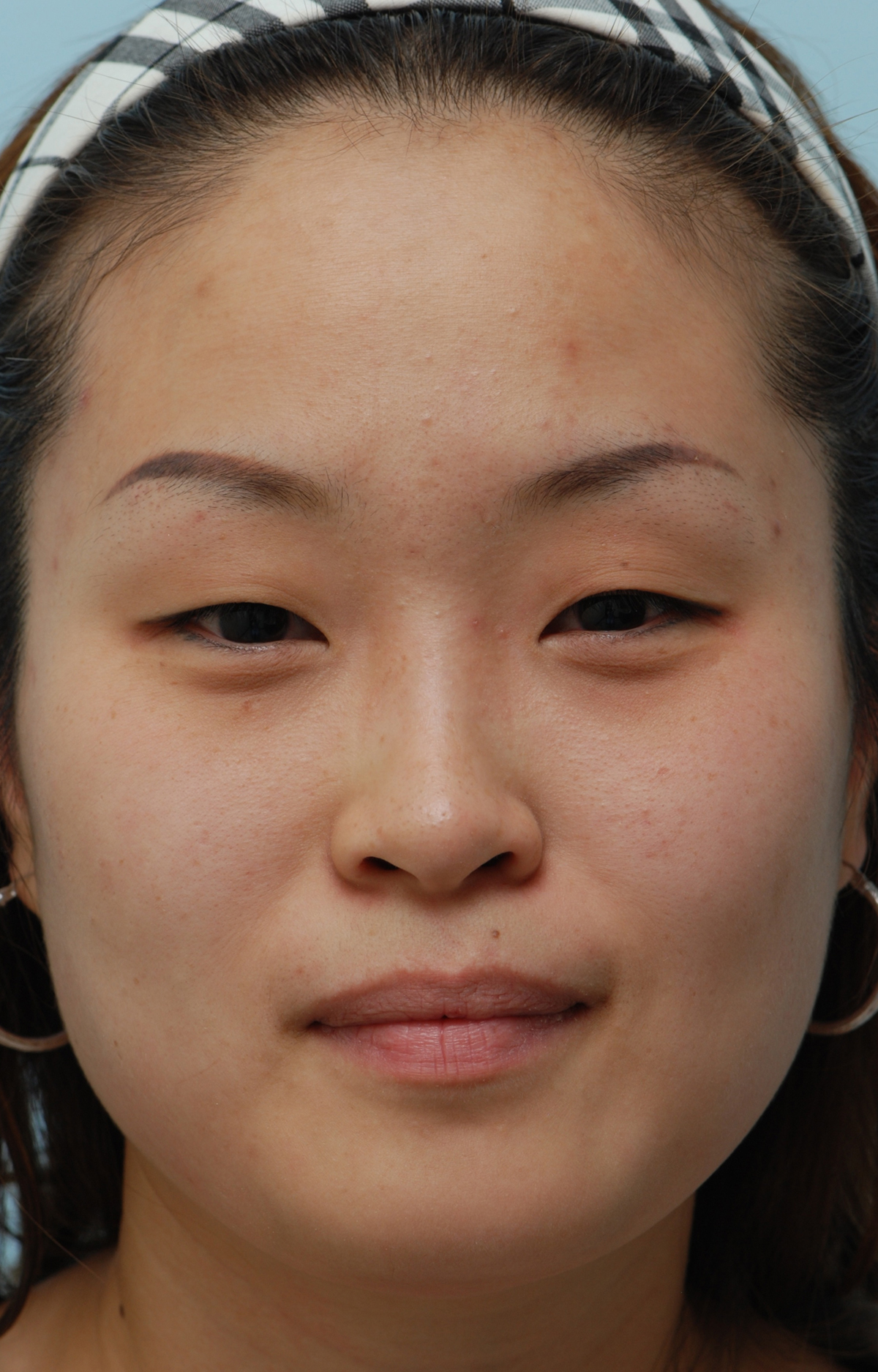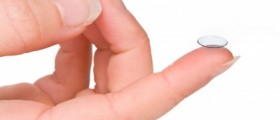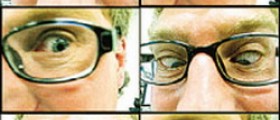Introduction
The LASIK procedure is one of the most popular surgical procedures, and its popularity grew gradually over the past couple of years for a large number of reasons. The procedure is performed on people who suffer from different sorts of vision problems. LASIK procedure corrects certain issues which make it possible for the patient to stop using glasses or contacts because there is no need for them anymore. People who spent their entire lives with poor vision are very happy because LASIK eye surgery may provide them with complete vision.
Procedure
Before performing an operation, the doctor needs to make sure that the person is actually a good candidate for the procedure by checking the health of the patient’s eyes and finding the appropriated vision correction which is about to be performed. After performing the check the doctor needs to be well informed about any health problems or medications taken by the patient. Some medical problems raise the risks so the doctor may decide not to perform the operation after all.
A device called corneal topographer is used to make the map of the shape and the size of the patient’s cornea. The cornea’s thickness also needs to be measured so that it can be determined whether it is actually suitable for the LASIK treatment or any other type of laser eye treatment. The eye area needs to be cleaned with a hygienic cleaning pad, so that the antibiotic and numbing drops can be put in the patient’s eyes. The drops are used in order to prevent any infections and to eliminate the possibility of any painful sensations of discomfort. The patient then needs to lie down on a bed right beneath the laser. The doctor then puts a speculum between the eyelids so that the patient cannot blink.
The doctor then uses an instrument called microkeratome which is meant to make a thin circular layer on the patient’s cornea. The patient may only feel a slight pressure, and the previously taken measurements are programmed into the laser so it provides the patient with the appropriate correction. The procedure usually lasts no more than five minutes for each eye, so the process may be a delicate one, but it is also a very quick one at the same time. The flap that has been cut out gets placed back to where it was, and there is no need for stitching. A person usually notices extreme improvement in the eye sight only a few hours after the surgery.
- medlineplus.gov/lasereyesurgery.html
- medlineplus.gov/ency/article/007018.htm
- Photo courtesy of Peretz Partensky by Flickr: www.flickr.com/photos/ifl/6327624624/

















Your thoughts on this
Loading...